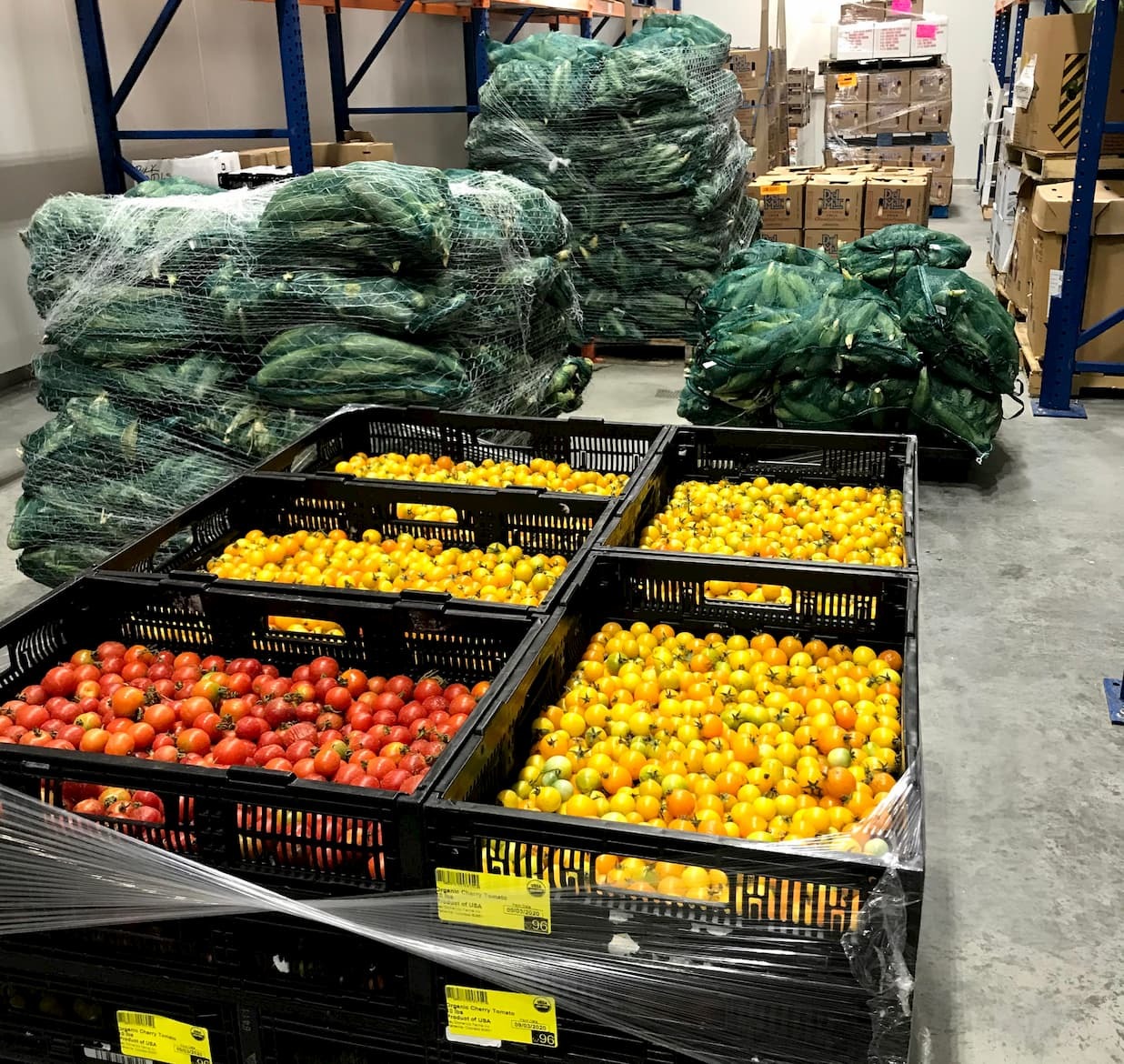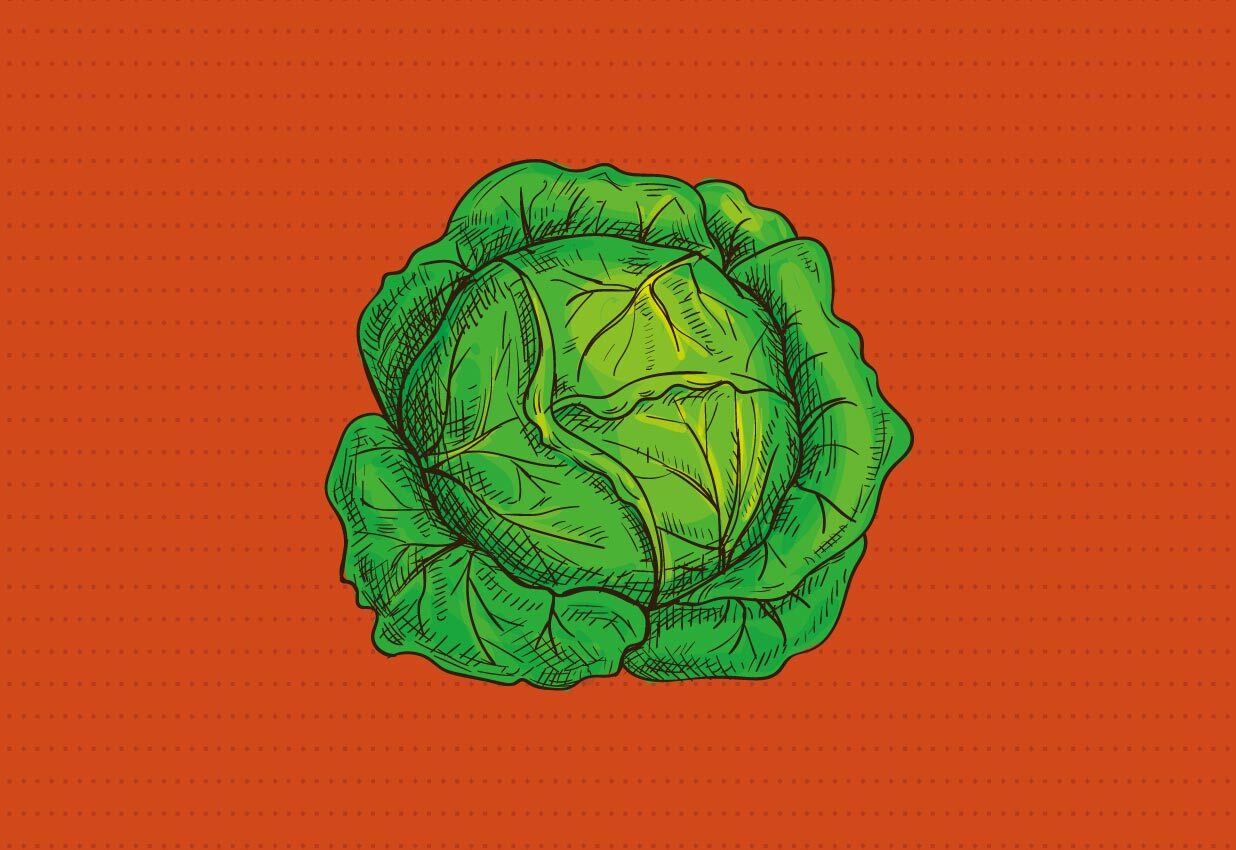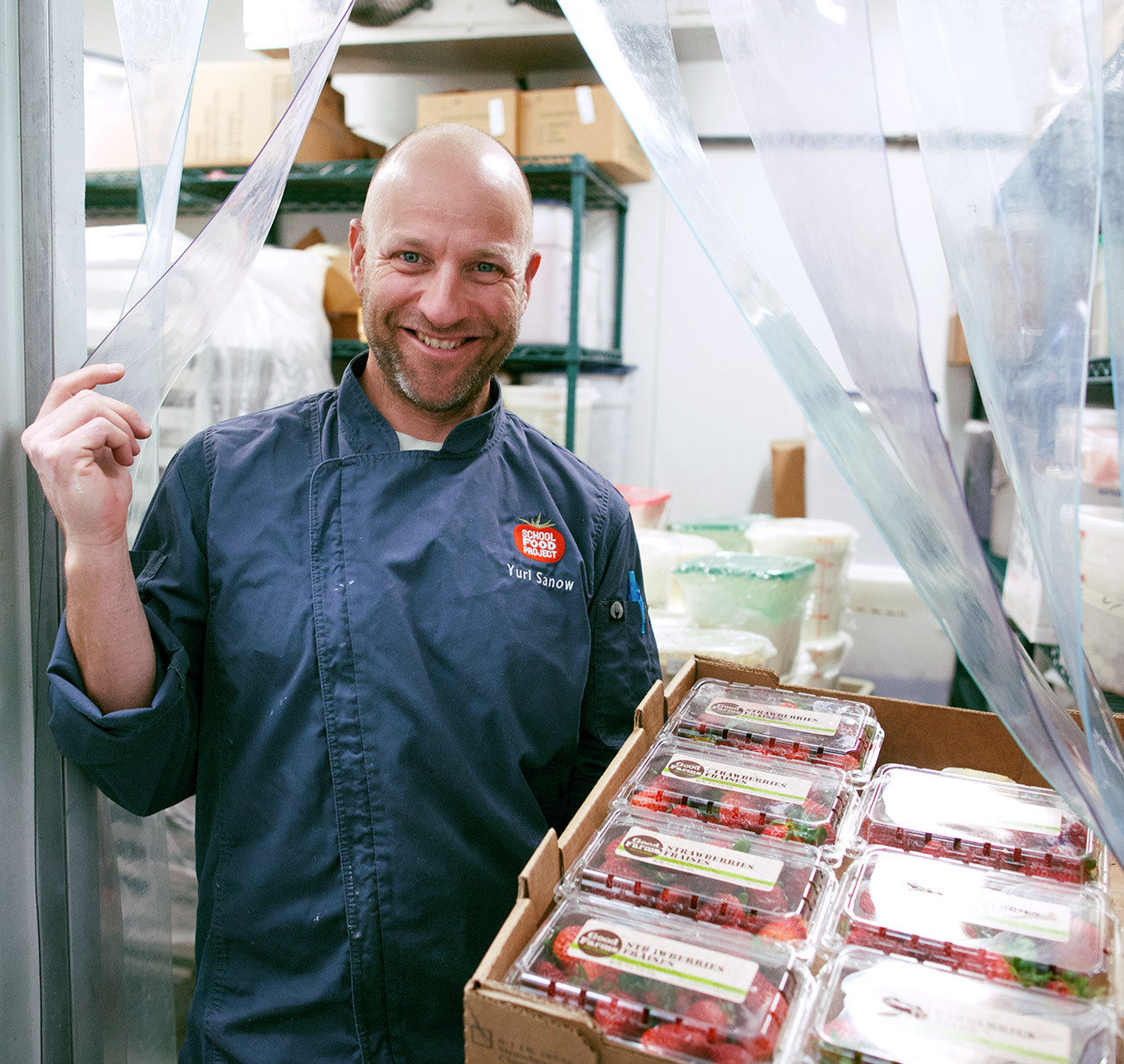Introduction
This section introduces purchasing cooperatives in school food programs, including covering benefits for school districts, benefits for vendors, and types of co-ops.
What Are Co-ops?
Purchasing Cooperatives or “Co-op’s”, at the simplest level, are a group of people or organizations with similar needs that band together to collectively procure goods and/or services for their group.
In the K-12 setting, co-ops are generally created through interlocal or intergovernmental agreements (IGAs) or state agencies between several school districts. These districts joined together to take advantage of economies of scale, which can increase the members’ purchasing power and create savings in their supply chain.


What Are Co-ops?
Purchasing Cooperatives or “Co-op’s”, at the simplest level, are a group of people or organizations with similar needs that band together to collectively procure goods and/or services for their group.
In the K-12 setting, co-ops are generally created through interlocal or intergovernmental agreements (IGAs) or state agencies between several school districts. These districts joined together to take advantage of economies of scale, which can increase the members’ purchasing power and create savings in their supply chain.
How do co-ops work?
Co-ops are effective at driving down costs, because collective purchases -- by numerous districts or organizations for goods and services -- generally qualify for greater discounts due to volume. Discounts can be seen at the vendor/manufacturer and distributor levels.
Cooperatives offer the most benefit to rural communities and small school districts. Rural and small school districts often struggle to find vendors willing to provide products at a reasonable price due to a) their smaller spending volume, and b) the potential increased expenses for vendors to access remote locations. By partnering with large urban, large rural, or a group of small and medium-sized rural districts, districts can receive better pricing and commitment to routine deliveries.
K-12 school districts in co-ops make: individual commitments to a selection of products and/or services. The co-op then collectively generates a solicitation (bid) that is placed on the open market. Vendors respond with a fixed fee/cost plus fixed fee, (in most cases) for a defined period of time.
Fixed Fee: Contract in which the vendor is paid for an agreed upon amount that is decided at the creation of the contract.
Cost Plus Fixed Fee: Contract in which the vendor is paid for the normal expenses for a project, plus an additional fixed fee for their services. The fixed fee portion of the contract may be negotiable.
For Example
Individual
Think about it this way, you go to the local grocery store and purchase a 6-piece all-natural, local chicken drumsticks for $3.49/lb. However, if you buy more, you could get a 12-piece package for $2.99/lb, saving $0.50 per pound.
At Scale: School Food
Districts can buy the same all-natural, local chicken drumstick in a 20-pound case for $2.29/lb from their distributor, if they can commit to a pallet a month. However, if the school district decides to join together with other school districts (a co-op) and the districts collectively commit to moving a truckload per month, they can drive that price down to $1.79/pound.
Result
This is the exact same all-natural, local chicken drumstick; the only differences are the pack size and the quantity the purchaser is willing to commit to buying. In this example, the districts were able to save $0.50/pound by making their normal purchases through a co-op.
Benefits of Co-ops
For Manufacturers and Distributors

Reduced Administrative Burden
Instead of responding to multiple bid requests for the same product, vendors can respond to one bid for multiple customers.

Helps Guide Production and Delivery Schedules
Because of the volume commitment by the cooperative, production planning becomes easier and routine deliveries can be committed to and scheduled out in advance.

Drives Local Economic Growth
When the producers, manufacturers or distributors based in/near the communities they serve, co-ops can help keep local products, jobs and dollars in their region and multiply the benefit of every dollar spent.

Provides Consistent Revenue Stream
Distributors and manufacturers alike rely on forecasts and projections to ensure good cash flow, proper staffing levels, and to ensure they receive raw products in sufficient supply to produce the proper amounts of finished goods for delivery to the end user.

Provides Sales Volume
Warehouse space at a distribution center is very competitive for a manufacturer’s product to become a “stock item” that is readily available to customers. Co-ops provide manufacturers with the commitment of routine volume so they can approach their distributor and make the case for stocking their products. Distributors, in turn, like to turn over their inventory of goods quickly; having commitments from co-ops to purchase the items is well-suited to their business model.

Provides Economies of Scale
While traditional profit per case may deviate because of the volume, manufacturers are able to realize economies of scale cost savings by purchasing their raw products at a lower price and through increased levels of production for a standard product.
Types of Co-ops
The USDA classifies co-ops by the type of purchasing agreements they use to facilitate procurement as outlined in Memo SP-05-2017, CACFP 03-2017, SFSP 02-2017. The three classifications are:
- Child Nutrition Program (CNP) operator-only/CNP State Agency Cooperatives
- Agents
- Third-Party entities
Let’s learn a little bit more about each of these co-ops and some of the pros and cons each model has to offer school food associations (SFAs).


Types of Co-ops
The USDA classifies co-ops by the type of purchasing agreements they use to facilitate procurement as outlined in Memo SP-05-2017, CACFP 03-2017, SFSP 02-2017. The three classifications are:
- Child Nutrition Program (CNP) operator-only/CNP State Agency Cooperatives
- Agents
- Third-Party entities
Let’s learn a little bit more about each of these co-ops and some of the pros and cons each model has to offer school food associations (SFAs).

CNP Operator-Only / State Agency Co-ops
As the name indicates, all members of this type of co-op are program operators of USDA meal programs. They may also include child nutrition program state agency groups. SFAs form an agreement together to increase their buying power and procure goods and services together. Most do not charge a fee to districts for membership, but some may apply a fixed fee to cover the overhead and labor costs associated with administration of the agreement.
- Pros: Singular focus on school products; districts have more ability to determine what products are bid/awarded than with third party co-ops
- Cons: Often volunteer-run by members of the co-op in addition to their regular job duties; increased administrative burden.
Agent Co-ops
Hiring a company or person to serve as the procurement agent and act on the SFA’s behalf is another allowable method for forming a co-op.
In acting upon the SFA’s behalf, the agent must ensure in writing that they have the district’s best interests at the forefront of the procurement process and will follow all federal procurement regulations to ensure items are competitively procured. If the services of the agent exceed the micro-purchase threshold ($10,000), the co-op must issue a solicitation to competitively procure their services.
- Pros: Reduces administrative burden on districts; saves time for district staff; ability to have a person/organization who focuses solely on procurement and is a procurement expert.
- Cons: Higher risk of turnover of the procurement agent (because the services of your agent must be competitively bid); More expensive than some models as the agent must be paid; Some agents may have general federal procurement knowledge but lack school food operational knowledge.


Third Party Co-ops
Third Party Co-ops can be grouped together into two buckets:
- Group Purchasing Organizations (GPO’s), Buying Groups and Third-Party vendors.
- These groups may include non-USDA program operators such as universities, some private schools or public works.
- Typically involves paying a membership fee to receive access to pricing agreements.
- State Procurement Agency Agreements; Intergovernmental Agreements (IGA)
- May include public, private and non-profit organizations.
- These can be nonprofit or private for-profit organizations that serve schools (public/private), colleges/universities, healthcare facilities, food banks, etc.
Most commonly used third party cooperatives by school districts are GPO’s and State Procurement Agencies.
- Pros: Fees are generally reduced or eliminated versus an Agent model. Helps relieve administrative burden; may provide access to national contracts.
- Cons: Less control over what items are approved for bid. School food items may not be the main focus of the group which can result in a larger selection of products, but fewer options that are school food compliant.
Check out Understanding Different Purchasing Agreements in the School Nutrition Programs, Colorado Department of Education for more information. While this document is in draft form, it does a good job highlighting how the USDA views various co-ops based on who they serve (just SFAs or SFAs plus others) and how they are managed (directly by SFAs, GPOs or Agents).
Co-ops With a Cause
Once you’ve learned about how co-ops work, explore this section to define a co-op that meets your school program’s needs.
Co-ops With a Cause
Once you’ve learned about how co-ops work, explore this section to define a co-op that meets your school program’s needs.






